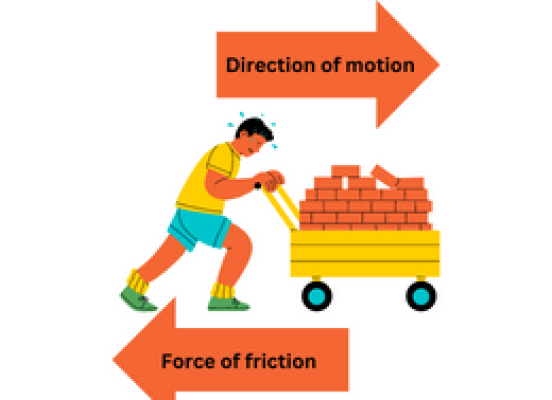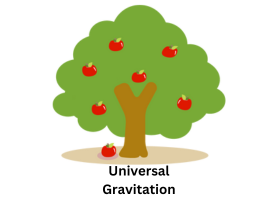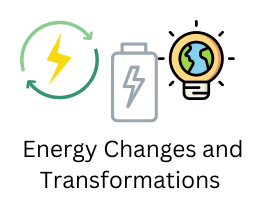
Understanding the Advantages and Disadvantages of Friction
- By admin --
- Saturday, 18 Mar, 2023
Friction is the force that resists the relative motion of two surfaces in contact. While friction can be advantageous in some situations, it can also have drawbacks. Here are some advantages and disadvantages of friction and ways to decrease it:
Advantages of friction:
-
Traction: Friction is responsible for the traction that allows vehicles to move on roads. Tires need to grip the surface of the road to provide traction, and friction helps in achieving that. Without friction, the wheels would just spin and the vehicle wouldn't be able to move forward.
-
Stability: Friction also provides stability by resisting the motion of objects in contact with each other. For example, the friction between the soles of shoes and the ground provides stability to a person walking or running.
-
Control: Friction can also provide control over the speed and movement of an object. For instance, brakes work by applying friction to slow down or stop a moving vehicle.
-
Heat generation: Friction generates heat, which can be useful in various applications. For example, heating pads use friction to generate heat, while friction welding uses heat generated by friction to join two materials.
Disadvantages of friction:
-
Wear and tear: Friction between moving parts can cause wear and tear, reducing their lifespan. For example, the moving parts in a machine or engine can wear out over time due to the friction generated by their contact with each other.
-
Energy loss: Friction causes energy to be lost in the form of heat, reducing the efficiency of a system. For instance, friction between the moving parts of a car's engine causes energy to be lost as heat, reducing fuel efficiency.
-
Noise: Friction can create noise, which can be irritating or harmful to the environment. For example, screeching brakes on a vehicle can be a nuisance to people nearby.
-
Heat generation: While heat can be advantageous, excessive heat generated by friction can cause damage or even start fires. For example, a brake pad that generates too much heat due to excessive friction can damage the brake system or start a fire.
Ways to decrease friction:
-
Lubrication: Applying a lubricant such as oil or grease between two surfaces can reduce friction by creating a thin layer that separates them. This reduces wear and tear and increases the lifespan of the surfaces.
-
Smoothing surfaces: Polishing or grinding the surfaces of two objects in contact can reduce friction by creating a smoother surface. This reduces the points of contact between the surfaces, decreasing friction.
-
Changing materials: Using materials with lower coefficients of friction, such as Teflon, can decrease friction. Teflon has a very low coefficient of friction, which makes it ideal for applications where low friction is desirable.
-
Using bearings: Bearings reduce friction by allowing one surface to roll or slide over another with minimal resistance. This reduces wear and tear and increases efficiency.
In conclusion, friction can be both advantageous and disadvantageous depending on the situation. However, there are ways to decrease friction and mitigate its negative effects. These methods include lubrication, smoothing surfaces, changing materials, and using bearings.





